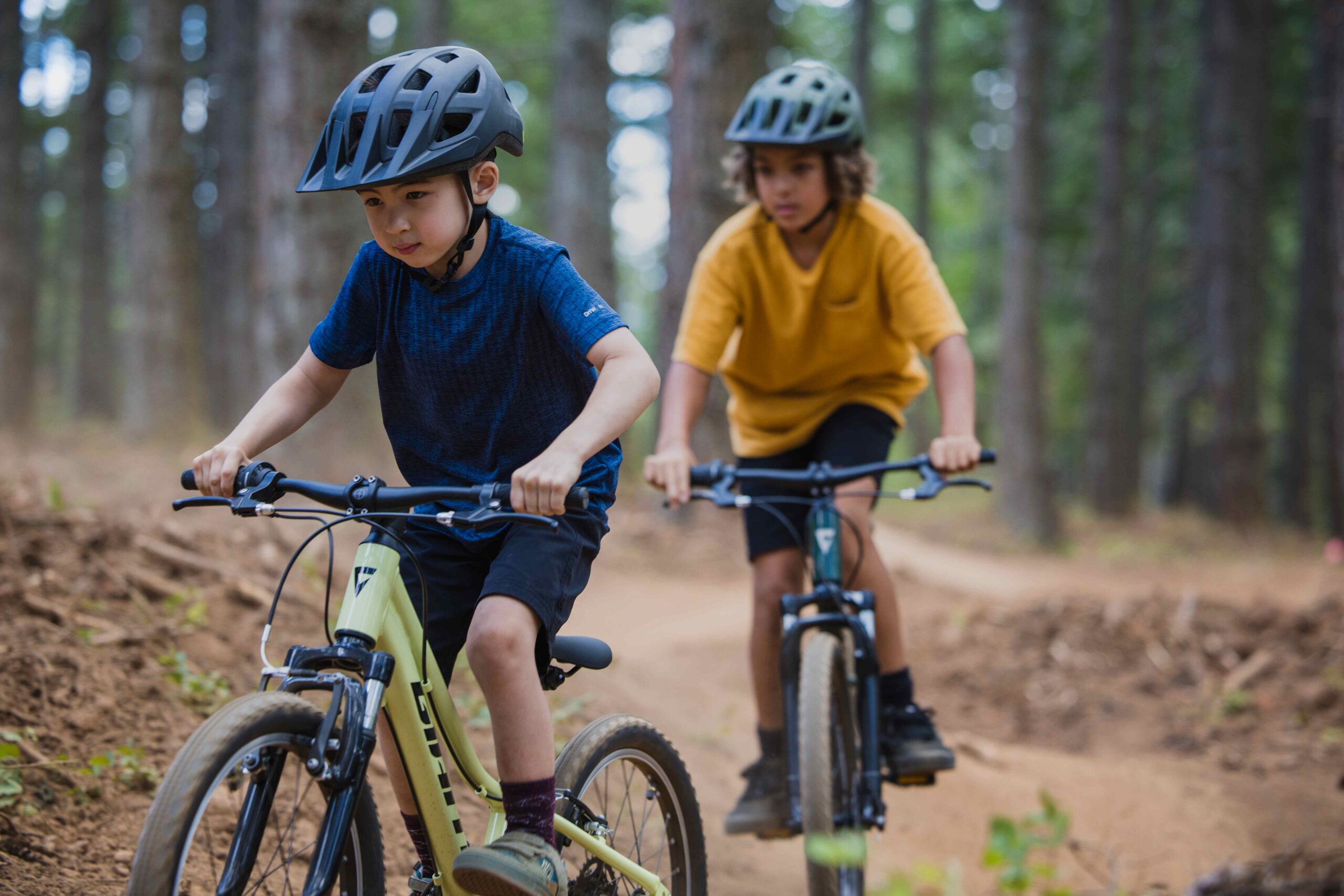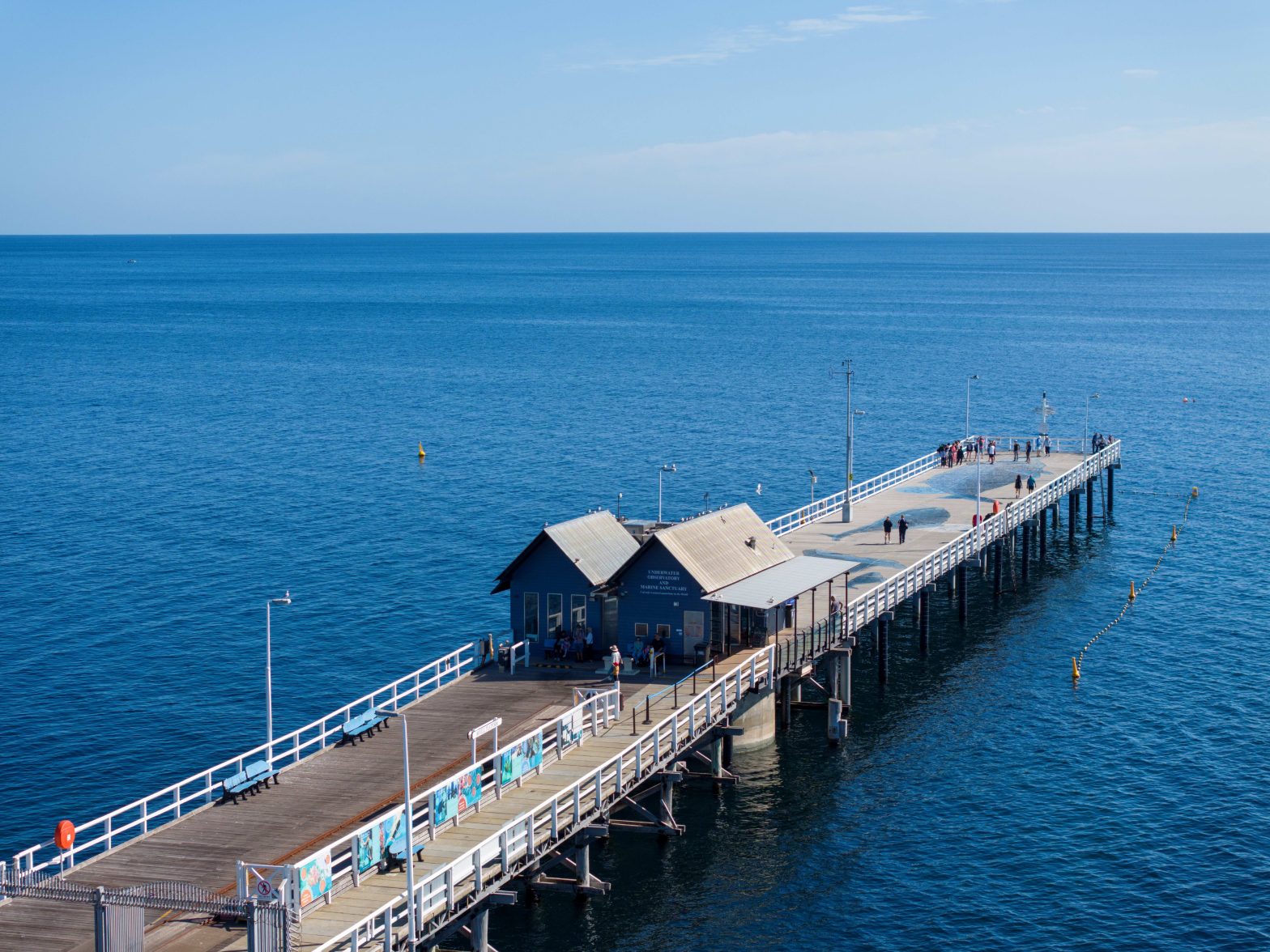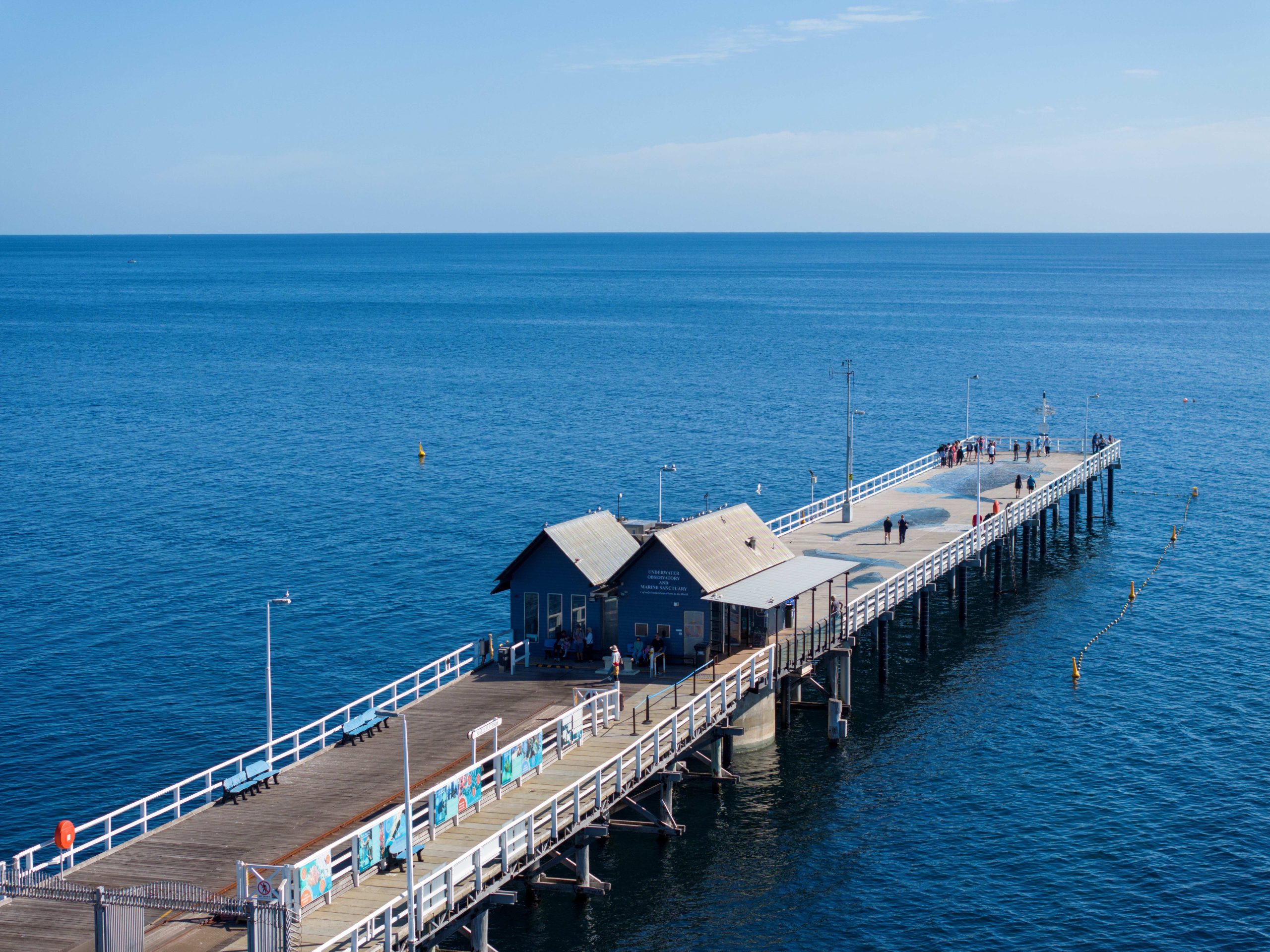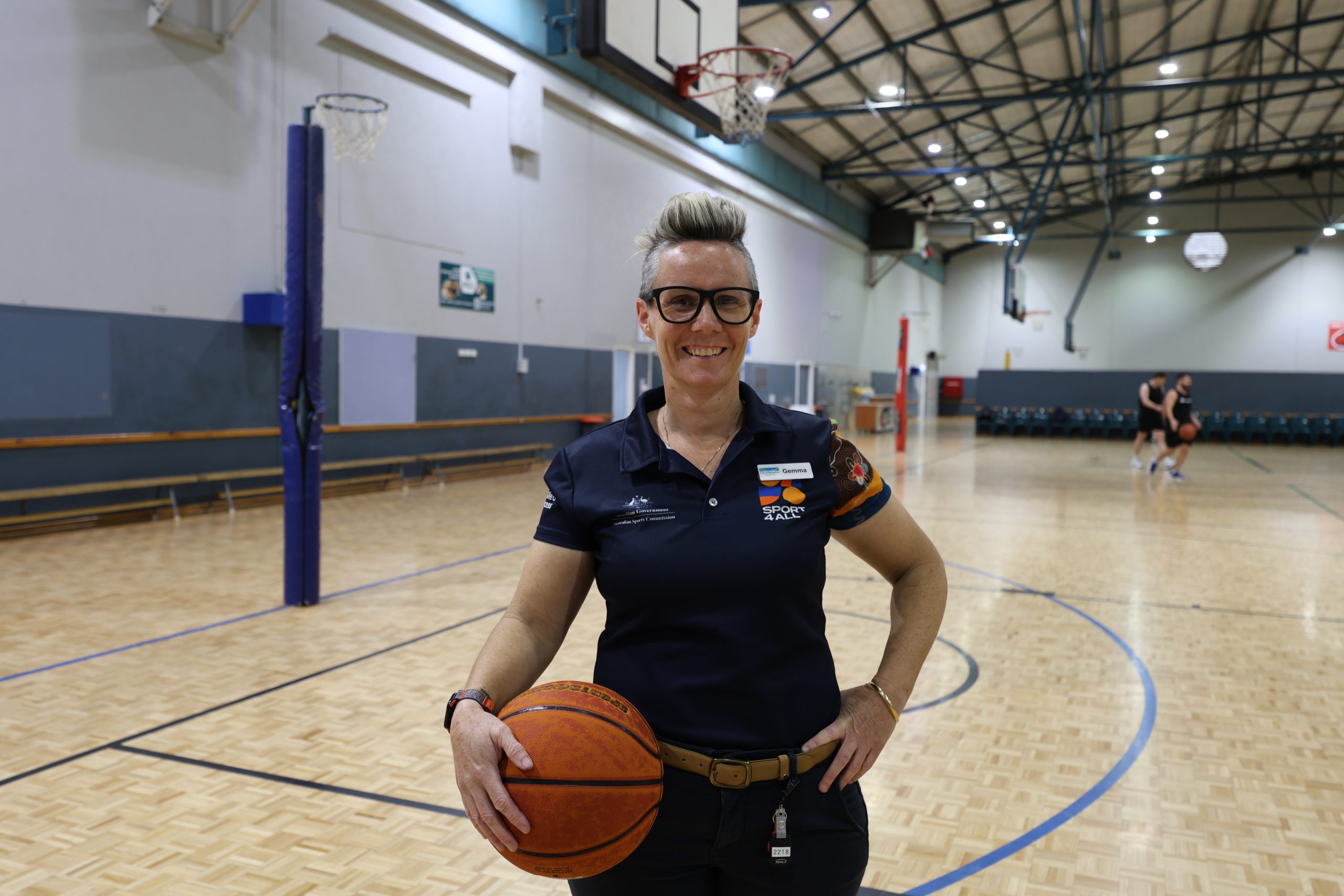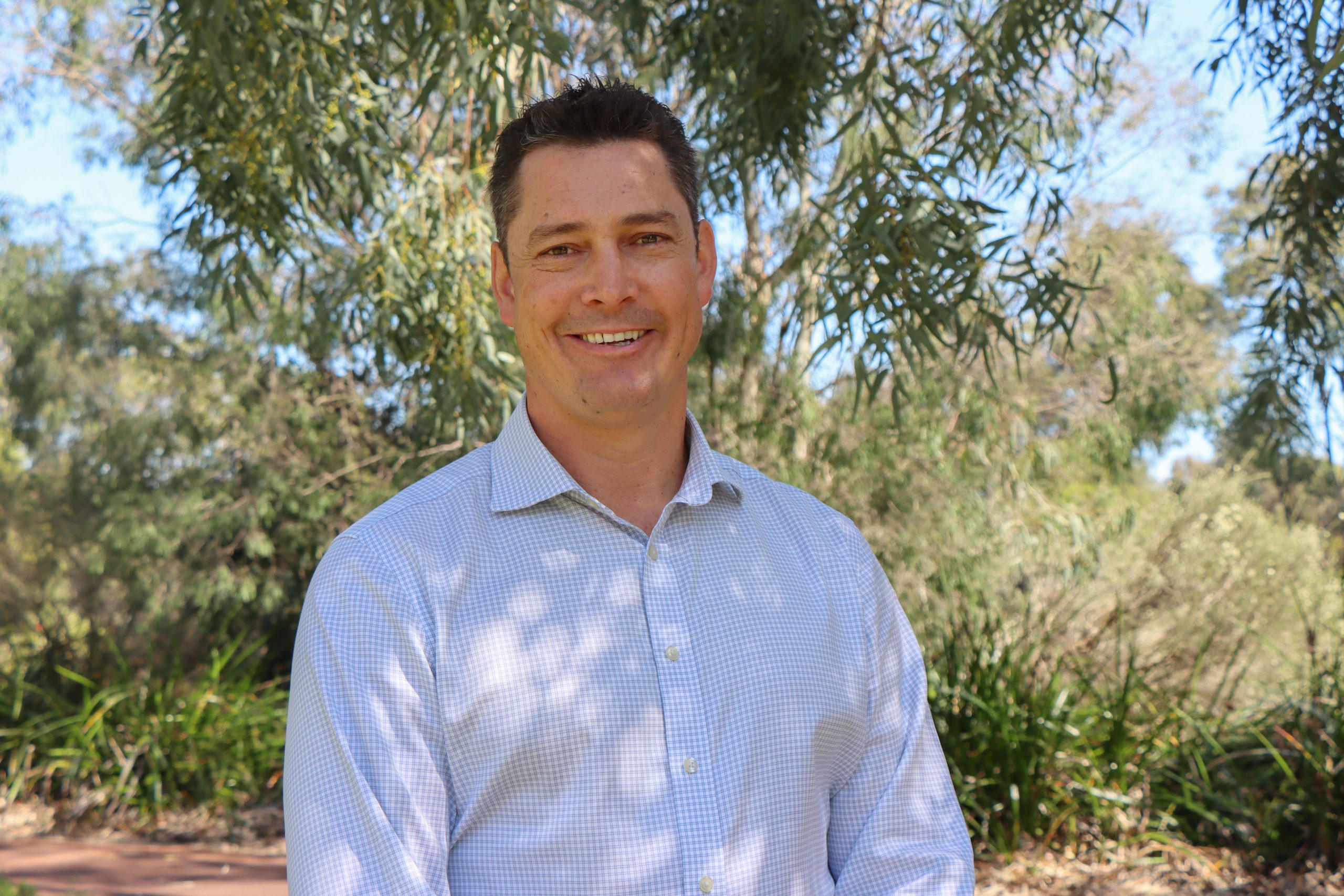Margaret River turtle-tracking project takes off
The region’s native turtle population has received a big boost thanks to a citizen science program run by the AMR Shire and Nature Conservation Margaret River Region.
The two groups partnered with Murdoch University researchers and the Saving Our Snake Necked Turtle (SOSNT) project to train local volunteers to monitor and assist native snake necked turtles over the breeding season during spring.
A team of more than 40 volunteers spent the last six weeks as “turtle trackers”, scouring the Margaret River catchment on a quest to spot nesting females, protect their nests, and log the data on a special app to help inform actions to conserve turtles.
Many local wetlands and waterways, including Wooditjup Bilya (the Margaret River), are home to populations of the snake necked turtle which are the apex freshwater predator and are named for their long neck.
But the species is under serious threat from habitat loss, a drying climate, pumping from river pools, predators, and lack of suitable nesting habitat.
In addition to tracking, researchers from the SOSNT team assisted by the Undalup Association’s Wadandi rangers visited the region last week to catch, measure, tag, microchip and release turtles as part of a population survey in and around Barrett Street and Rendell Close weirs and near Ashton St.
Murdoch University turtle ecologist Anthony Santoro said: “It’s the first time there’s been a targeted turtle survey here so it’s good to confirm they’re here. We found some adult males as well as ‘gravid’ females, which means they’re reproducing. That’s good news and now we need to learn more.”

Mr Santoro said the team of local volunteers was invaluable to supplement the researchers’ data.
“It’s great to see the community get so involved, help us out, and feed in a lot of information,” he said.
Murdoch University PhD student Kiera Gordon said research like the Margaret River project is vital because snake necked turtle populations in WA are declining, mainly due to human impacts like urbanisation, wetland loss and loss of vegetation.
Turtle tracking volunteer Maureen Munro said watching the tagged turtles being released back into the wild was a moving experience. “Seeing the turtles today is the reward for all the effort. To see them here at the weir is brilliant,” she said.
Undalup Association Wadandi ranger Trav Burton described releasing a snake necked turtle back into the weir as “beautiful”.
“It was beautiful to see them go back home. Just to be able to monitor him and see that he’s healthy and going to be alright, it’s a great thing,” he said. “It’s ‘boss’ to see so many people collaborating together.”
AMR Shire President Julia Meldrum also joined the chorus of praise for the project.
“It’s the first time we’ve had any data on Snake-necked Turtles and it will help us manage our river systems and possibly our restoration works as well,” she said.
“It’s been a great opportunity for volunteers to get involved in our local area with our local fauna and really understand more about the wonderful place we live.”

Nature Conservation biodiversity officer Lauren Scanlon said the project was a “huge success” because it combined field work to help conserve snake necked turtles with important training and education for the community.
“It’s been so amazing to have such an incredible show of support from the community for this pilot project here on the Wooditjup Bilya,” she said.
“We’ve received some amazing feedback from our volunteers, not just about helping to conserve turtles but about the unexpected and surprising benefits of citizen science.”












